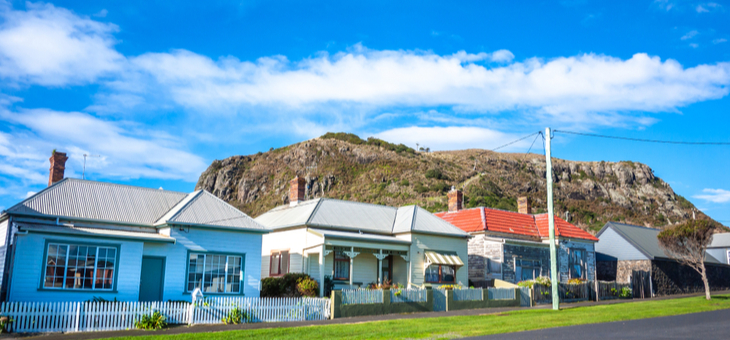Australia’s commitment to reach net zero emissions by 2050 may have focused on the way energy is produced in the country, but the real solution could be a lot closer to home … in fact it could be your home!
A report suggests that older homes account for one-fifth of Australia’s carbon emissions and could prevent a major stumbling block to achieving net zero targets, as well as costing those homeowners through increased energy prices in the decades to come.
According to the PowerHousing Australia and CoreLogic Affordable Housing Report, almost eight million pre-energy rated homes are now well past their use-by date and contribute 18–20 per cent of Australia’s greenhouse gas emissions.
Read: Happiness becoming more expensive and out of reach
The report found that the average Australian dwelling is still cold in winter, hot in summer and prohibitively expensive to cool and heat.
It also notes that the national plan for net zero forecasts that around seven million homes will not be subject to improved efficiency measures in the National Construction Code, with no retrofitted improvements to the fabric of these homes.
The United Nations net zero emissions target for 2050 requires all buildings to achieve net zero carbon emissions throughout the life cycle of the building, including what is emitted during the manufacture of building materials and components.
“An existing ‘old’ standard house on existing commuter routes close to jobs can make way for up to three new highly energy efficient, accessible and well-located dwellings, a proportion of which can go to meeting the surging demand for more social and affordable housing,” the report explains.
Read: What’s involved in being an executor?
“Old housing stock has poor heating, water and energy efficiency and there is only so much that can be improved in old house designs.
“Redeveloping old housing stock can also better use the existing land and infrastructure whilst revitalising neighbourhoods and communities.”
According to Environment Victoria’s One Million Homes report, transitioning a property from a two-star rating to a five-star-rating can reduce the energy used for heating or cooling by as much as 50 per cent.
The report also found that Australia’s social housing stock was a big contributor to the problem as it was often old, less efficient and costly to run, and had an impact on the economic and social wellbeing of those who could afford it least.
It said that renewing Australia’s housing stock should be seen as an opportunity to improve liveability, density, energy efficiency and accessibility while providing a boost to the construction sector.
Some of the other findings included in the report covered the “race for space” caused by the COVID-19 pandemic.
Read: Is social media financial ‘advice’ costing you?
It explained that the virus had seen demand shift from high density units to low density detached housing and from urban areas to more regional locations.
There were also some incredible figures on property prices, with Australian growth the seventh-fastest in the world.
“Over the past 20 years the median value of a capital city dwelling has risen by $524,291 or 258.1 per cent. In the 12-months to June 2021 national dwelling values increased by 13.5 per cent,” the report stated.
“Nationally, the proportion of houses sold under $400k reduced from 44.7 per cent in 2011 to 23.7 per cent in 2021, while unit sales under $400k reduced from 48.2 per cent to 28.7 per cent.”
Do you think your house might be past its use-by date for energy efficiency? What have you done to make your home more energy efficient? Why not share your thoughts in the comments section below?
If you enjoy our content, don’t keep it to yourself. Share our free eNews with your friends and encourage them to sign up.

